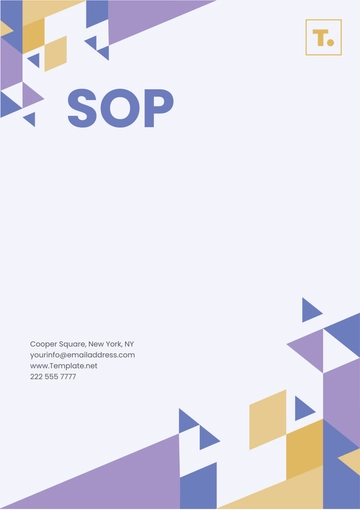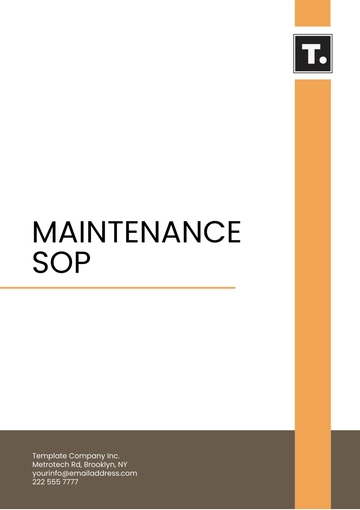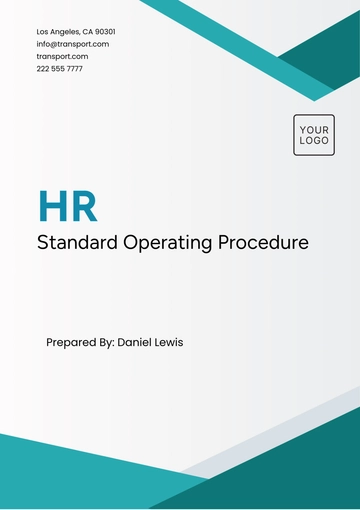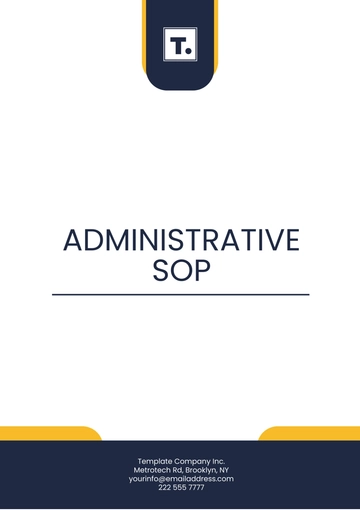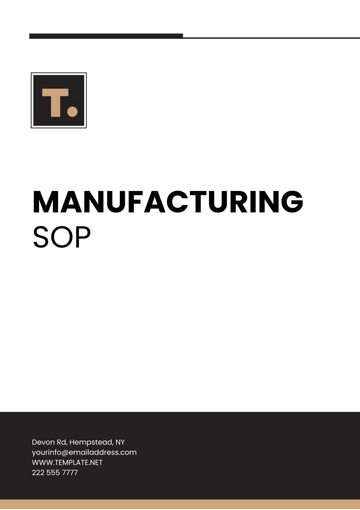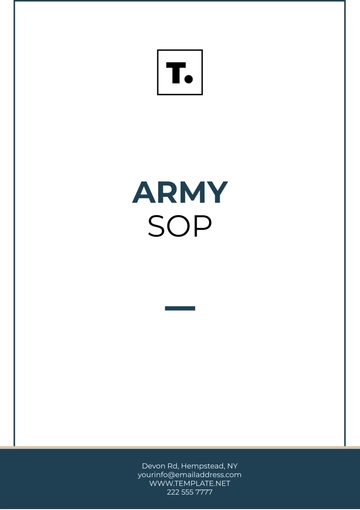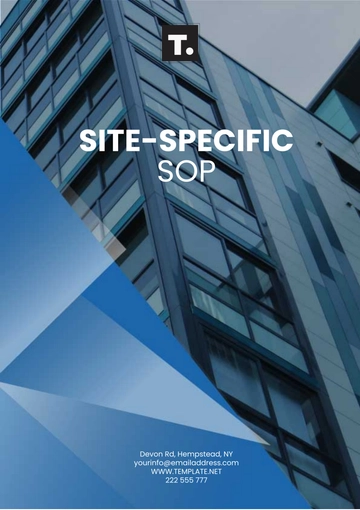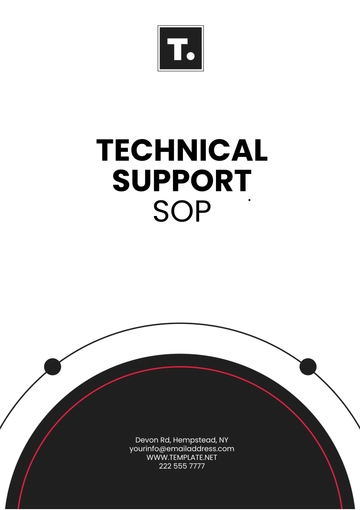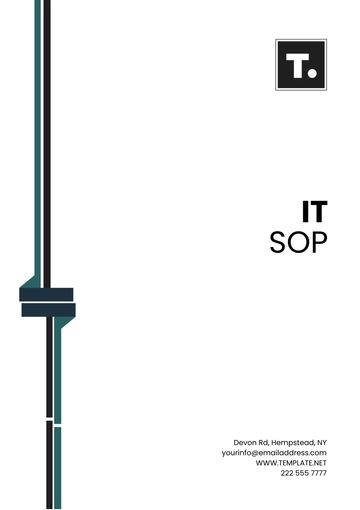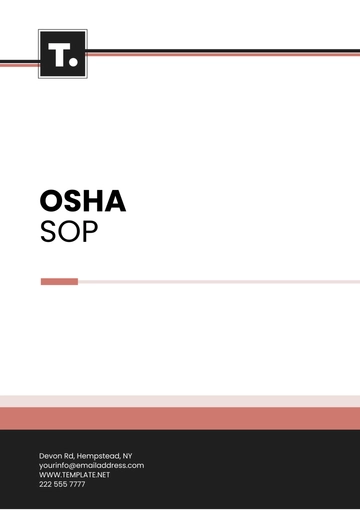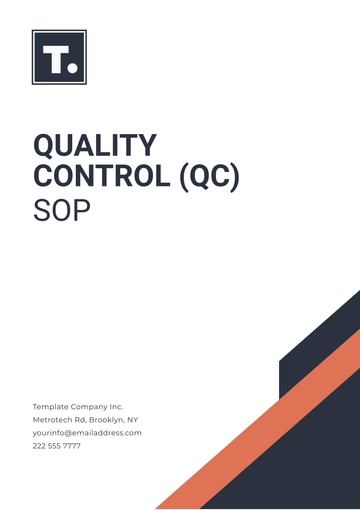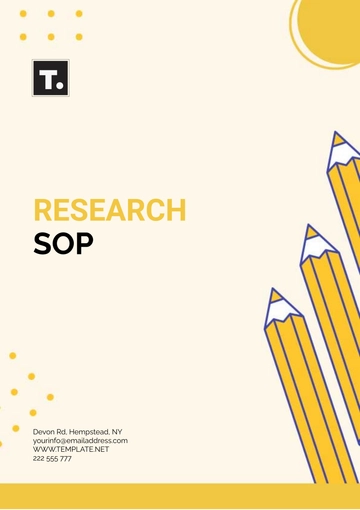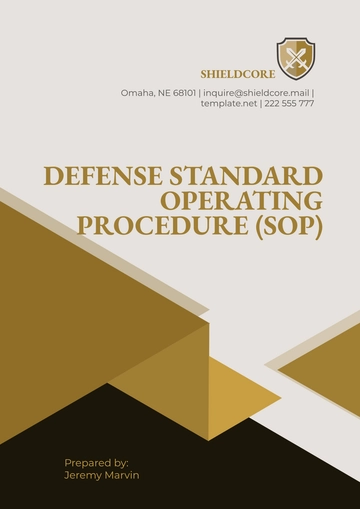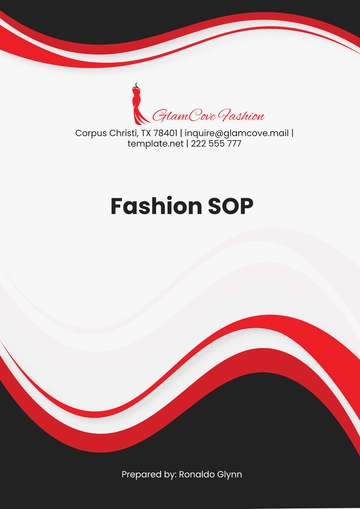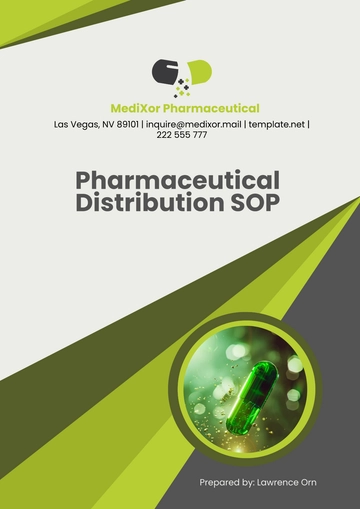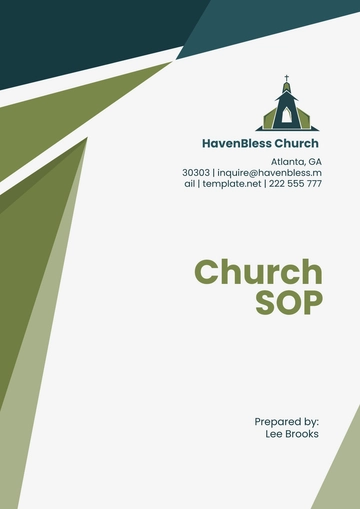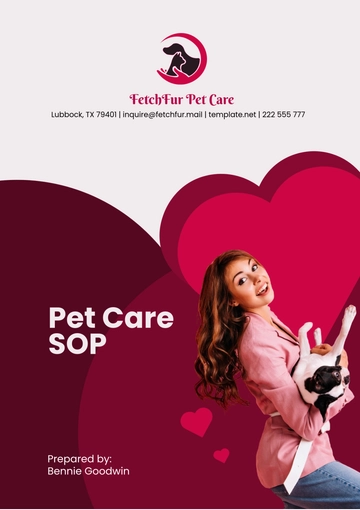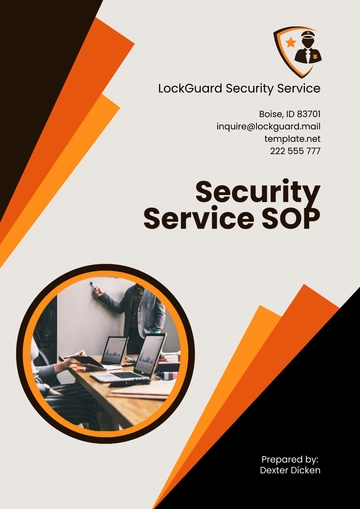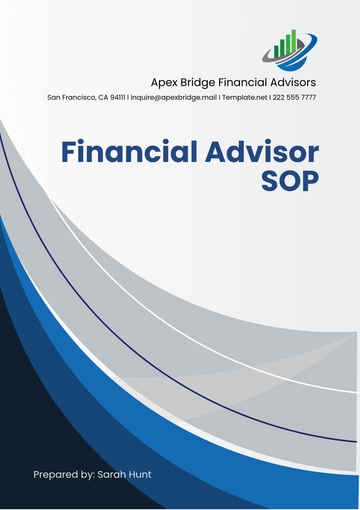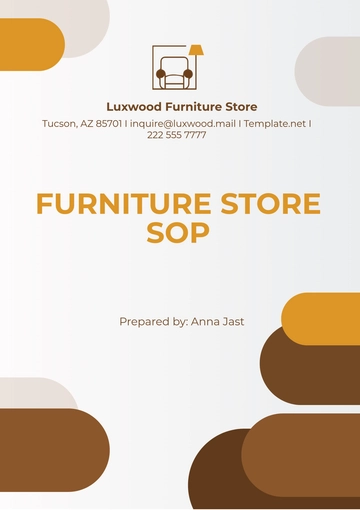Free Food Safety SOP
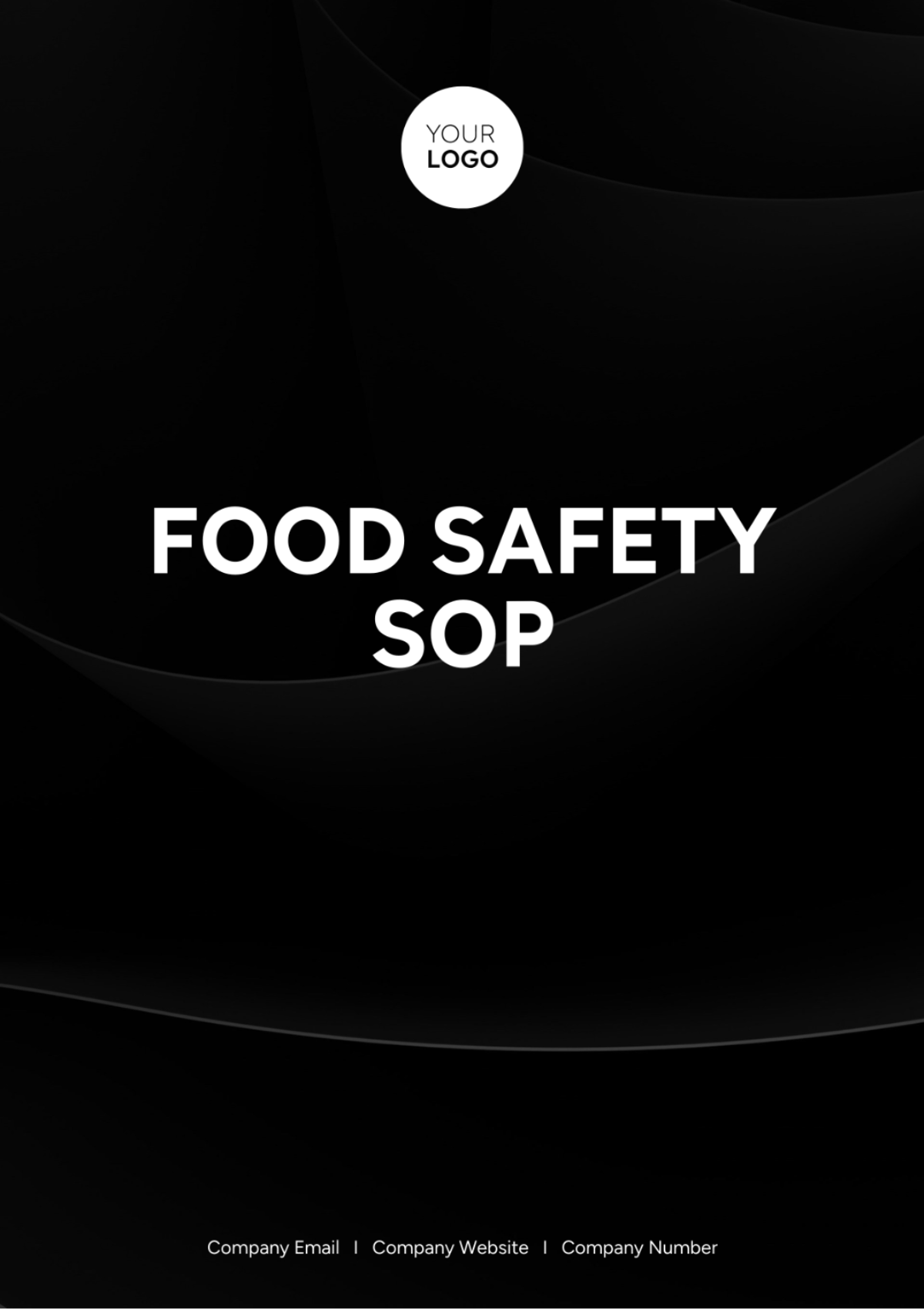
I. Introduction
The Food Safety Standard Operating Procedure (SOP) is designed to ensure [Your Company Name] maintains the highest standards of food safety and hygiene in all aspects of its operations. This SOP outlines the procedures and protocols to be followed by all employees involved in food handling, preparation, and serving.
II. Scope
This SOP applies to all [Your Department] staff who handle, prepare, or serve food at [Your Company Name] premises, including kitchen staff, servers, and managers.
III. Responsibilities
A. Management
[Your Company Name] management is responsible for ensuring compliance with all food safety regulations and standards.
Management shall provide necessary resources, training, and support to uphold food safety protocols.
B. Employees
All employees are responsible for following the food safety protocols outlined in this SOP.
Any concerns or observations regarding food safety should be reported immediately to [Your Department] supervisor or manager.
IV. Personal Hygiene
A. Handwashing
Employees must wash their hands thoroughly with soap and warm water for at least 20 seconds:
Before handling food
After using the restroom
After handling raw meat, poultry, or seafood
After touching their face, hair, or body
B. Personal Protective Equipment (PPE)
Employees must wear appropriate PPE, including hairnets, gloves, and aprons while handling food.
PPE should be changed regularly and disposed of properly.
V. Food Handling and Storage
A. Receiving
Upon receiving food deliveries, check for:
Correct temperature
Proper packaging and labeling
Signs of damage or spoilage
Reject any items that do not meet standards and document accordingly.
B. Storage
Store perishable items in designated refrigerators or freezers at appropriate temperatures.
Follow the FIFO (First In, First Out) method to ensure older items are used first.
Keep storage areas clean and organized to prevent cross-contamination.
C. Preparation
Thaw frozen food items in the refrigerator or under cold running water.
Use separate cutting boards and utensils for raw and cooked foods to prevent cross-contamination.
Cook all food items to their required internal temperatures:
Refer to the food safety guidelines provided in the kitchen for temperature recommendations.
VI. Cleaning and Sanitizing
A. Surfaces
Clean and sanitize food preparation surfaces, equipment, and utensils regularly throughout the day.
Use approved sanitizers and follow manufacturer instructions for dilution and contact time.
B. Dishwashing
Wash dishes, utensils, and equipment in hot, soapy water.
Rinse thoroughly with clean water.
Sanitize using an approved sanitizer or dishwasher with a sanitizing cycle.
VII. Food Allergen Management
Allergen information must be communicated to customers through menus or verbal communication.
Take necessary precautions to prevent cross-contact between allergens during food preparation and serving.
VIII. Reporting and Documentation
Document all instances of food safety violations, incidents, or concerns.
Report any suspected cases of foodborne illness to [Your Department] management immediately.
IX. Training
All employees must undergo food safety training upon hiring and receive regular refresher training sessions.
Training records should be maintained and updated as needed.
X. Emergency Procedures
In the event of a food safety emergency, follow established protocols for containment, cleanup, and reporting.
Notify [Your Department] management and relevant authorities as necessary.
XI. Review and Revision
This SOP will be reviewed annually by [Your Department] management to ensure relevance and effectiveness.
Any necessary revisions will be made promptly and communicated to all relevant staff members.
XII. Acknowledgment
I acknowledge that I have received and understood the Food Safety Standard Operating Procedure (SOP) outlined above.
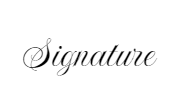
[Your Name]
[Date Signed]
- 100% Customizable, free editor
- Access 1 Million+ Templates, photo’s & graphics
- Download or share as a template
- Click and replace photos, graphics, text, backgrounds
- Resize, crop, AI write & more
- Access advanced editor
Ensure food safety standards with our Food Safety SOP Template, found exclusively on Template.net. This editable and customizable document simplifies the creation of Standard Operating Procedures (SOPs) for food handling and hygiene. Crafted for flexibility, it's editable in our Ai Editor Tool, enabling seamless adjustments to meet your specific needs. Whether for restaurant operations, catering services, or food production facilities, this template ensures clarity and compliance throughout the process. Trust Template.net to provide the necessary framework for upholding food safety regulations. Simplify your procedures and maintain high-quality standards in food handling with confidence, knowing you're supported every step of the way.



